18th April: China has included a recently discovered tomb site in Tibet Autonomous Region in its list of the top 10 archaeological discoveries of 2020 published by the National Cultural Heritage Administration, despite the fact that it is still busy dispatching living Tibetan culture to the domain of antiquity in the name of national unity and stability. Such a listing is presented by China as “proof” that it cares about Tibetan history, albeit a long-dead and buried one.
The Sangmda Lungga tomb site in Southwest China’s Tibet autonomous region. According to He Wei, a researcher with the regional relics conservation institute, the Sangmda Lungga tomb site, which was discovered in 2017 in Zanda county, may provide evidence of prehistoric culture in Tibet.
The tomb site was used from 366 B.C. to 668 A.D., according to carbon dating. Chinese archaeologists have unearthed wooden figurines from the site, the first time that such figurines were discovered on the Qinghai-Tibet Plateau.
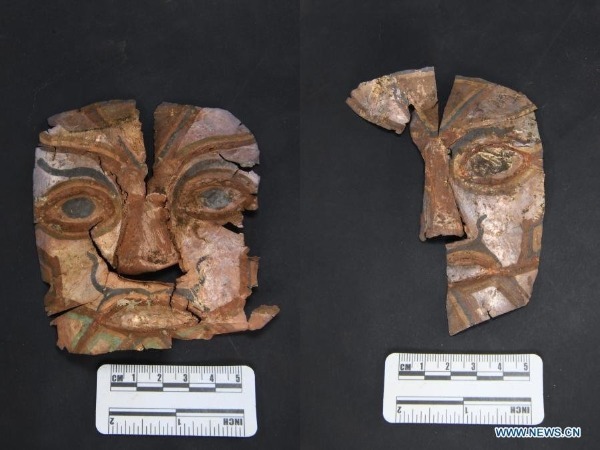
“The tombs show the development of early archaeological culture in western Tibet and that Tibet interacted with the southern foothills of the Himalayas, Xinjiang, the Central Plains, and other regions during the period,” said Han Guohe, a panel member of the final evaluation team.
After the Chokong relics in Lhasa in 1991 and the Gurugyam and Chuvthag cemeteries in Ngari prefecture in 2014, this is the third time an archaeological project in Tibet has been chosen.

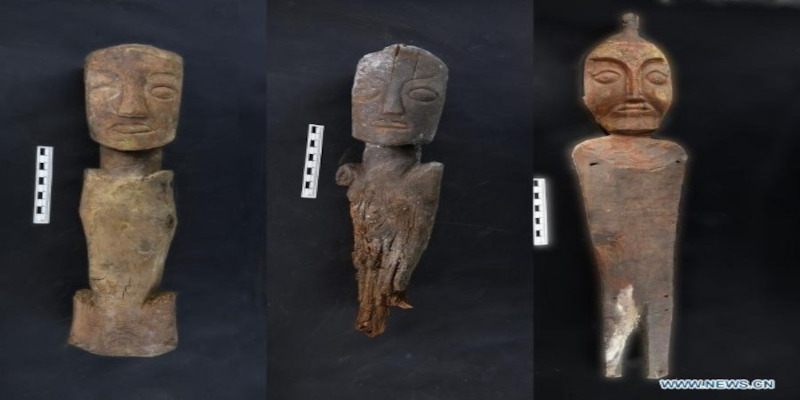
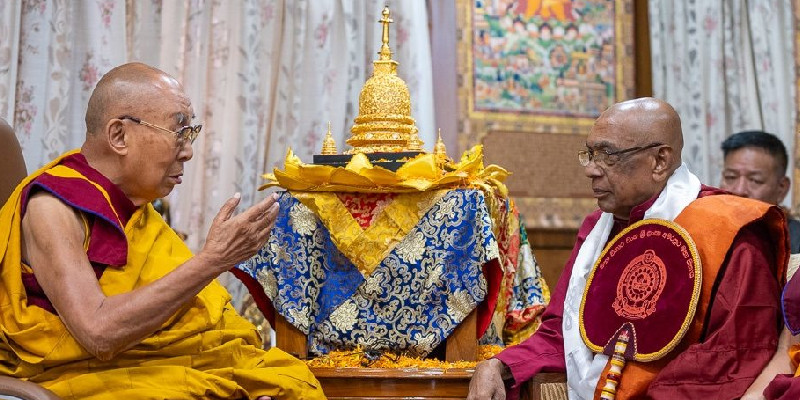
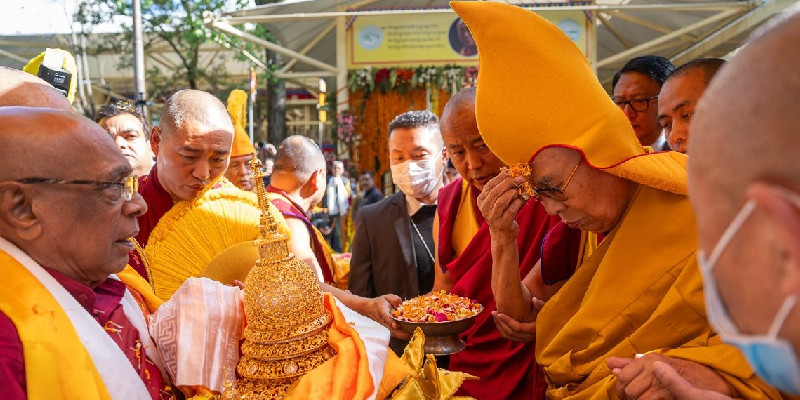


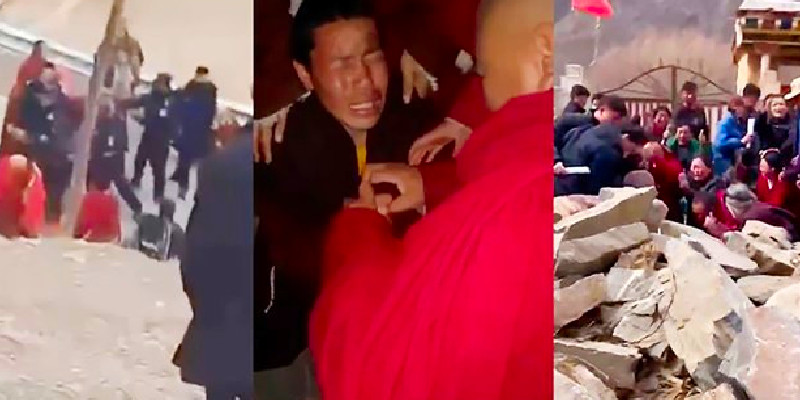
Leave a Reply